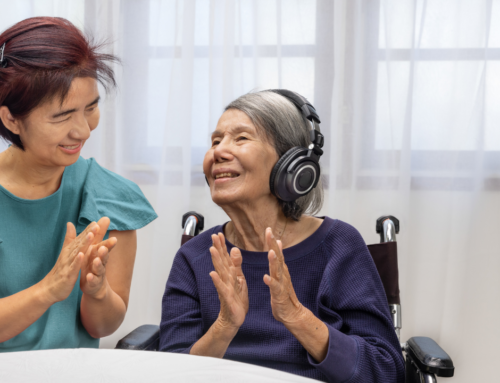Share This Story!
Watch Your Head
Parents train children to be extra careful with head injuries, a lesson that follows into adulthood. The head houses the brain, which is the control center of the human body. Yet, accidents still happen, and sometimes, the brain gets damaged. A sudden blow or jolt to the head that causes brain damage is called a traumatic brain injury (TBI). These injuries range from mild concussions to severe comas. TBI is the leading cause of disability and death in children and young adults. A TBI may cause significant changes upon the person in less severe cases depending on which part of the brain has been damaged.
Left vs right
The brain, as a whole, controls everything from breathing to thinking, judgments, emotions, even abilities and behaviors. Scientists classify the brain into 2 sides, or hemispheres. The left hemisphere controls verbal and logical functions such as language, thought, and memory. On the other hand, the right hemisphere controls nonverbal and intuitive processes. These functions include critical thinking, identifying oral and visual patterns and designs, and processing emotions. Furthermore, the left hemisphere controls the movement and sensation of the right side of the body and vice versa.
When the left gets damaged
When the left hemisphere is significantly damaged, the ability to understand and verbalize language can be affected. Patients may suffer from aphasia, a language disorder that affects the understanding of language, speaking, reading, and writing. If the TBI results in losing the brain’s connection to the facial muscles, one may suffer from apraxia of speech. The condition affects the muscles of the mouth, making pronunciation difficult. Other perceptual changes include poor verbal memory, logic, computation, and sequencing. In severe cases like a stroke, patients have difficulties controlling the right side of the body.
When the right gets damaged
Right side brain injuries may result in problems with cognitive skills and some language skills. For example, someone who suffers a right-side brain injury may struggle to focus on a particular task. Other severe perceptual issues include:
- The inability to focus on what someone else is saying
- Memory and vision problems
- The inability to remember the date, time, recognize people, and facial expressions
- Losing the awareness and appreciation of music
- Loss of humor, metaphors, non-verbal cues, and even empathy
The muscles on the left side may also weaken due to left-side neglect. A right-side brain injury may also cause problems with insight, organization, and reasoning, especially with daily tasks. Severe symptoms also include anosognosia or denial syndrome, a condition where a patient can no longer detect these changes have occurred.
There’s still hope.
From mild to severe TBI, the changes can be jarring for patients and loved ones. Some patients may experience a significant reduction in the quality of life. For significant injuries, including strokes, these perceptual changes can happen for several months or even years. With the help of a strong medical and rehabilitative team, there is hope. Minor cases require therapy and medication. With major injuries, surgery can help. The medical team will help patients make the best decisions based on the region injured.





